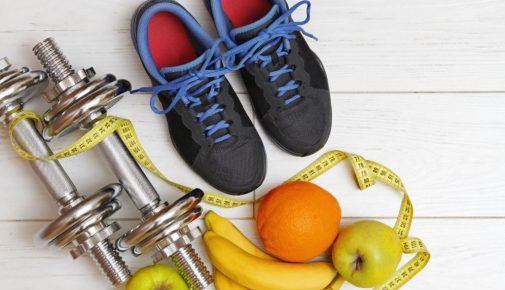Is this group the least physically active?

Among teens and young adults in the U.S., women and girls are the most physically inactive, according to a recent study published in JAMA Pediatrics.
The study analyzed the responses of 9,500 youth, ages 12 to 29, who participated in the U.S. National Health and Nutrition Examination Survey from 2007 through 2016.
Almost 90 percent of white teen boys reported having some physical activity in their daily lives; only 45 percent of black women in their late 20s reported any exercise. Among those who reported leading active lives, black men were found to have exercised the most, at 78 minutes a day. Black women aged 25 to 29 exercised the least at 33 minutes a day. Results revealed that, overall, women were less active than men.
The study concluded that girls, African Americans and children from low-income backgrounds are least likely to meet exercise guidelines. These findings are concerning, say experts, because exercise is an essential building block of lifelong good health.
Dr. Sarah Armstrong, the study’s lead researcher and an associate professor of pediatrics at Duke University, highlighted the importance of finding ways to keep adolescents physically active and sustaining that physical activity into adulthood.
She urged that exercise is essential for preventing cardiovascular disease and diabetes in adulthood. In attempting to encourage more physical activity, Dr. Armstrong suggests that young women and girls – especially minorities and those living in poverty – be a primary focus.
“We must work to help our youth stay active,” says Dr. Galen Grant Harnden, a pediatrician at Advocate Children’s Hospital in Oak Lawn, Ill. “With proper nutrition and exercise, our teens and young adults can decrease their chances of encountering medical issues in the future.”
For teens, experts recommend getting at least 60 minutes of moderate to vigorous exercise a day, five days a week. Adults are encouraged to get 150 minutes of moderate physical activity a week, or 75 minutes of vigorous physical activity. This may sound intimidating on a busy schedule, but getting adequate exercise does not have to be challenging. Here are some quick and easy tips Dr. Harnden recommends for staying active throughout the day:
- Take the stairs – Elevators and escalators may seem more convenient, but they do not contribute to maintaining your fitness. Try taking the stairs instead.
- Visit the mall – Not only is the mall a great place for shopping, it is also the perfect way to get extra steps in your day. Do some window shopping or take a stroll to your favorite stores; you may find a new outfit while also getting in some cardio.
- Leave the car at home – When possible, try to minimize driving. Walk or ride a bike to your destination instead. Not only will you be getting active, but you will also avoid the hassle of finding a parking spot and may save some money on gas.
- Get outside – Whether it be jump roping, playing a game of basketball, going for a quick run or bike ride, getting outside is a great way to increase your physical activity while also enjoying some fresh air and quality time with yourself, friends or family.
- Work out at home – Start your day with some push-ups, jumping jacks, squats or by dancing to music. These quick exercises will get your blood flowing and help prevent morning grogginess. In the evening, try doing some yoga to unwind before bed.
“Daily exercise can drastically reduce the risk of heart disease, diabetes and high blood pressure, among other things. The benefits are endless,” says Dr. Harnden.
Related Posts
Comments
About the Author
Efua Richardson, health enews contributor, is a senior at Lewis University studying public relations & advertising. In the future, she hopes to work in entertainment, namely in the music industry. In her free time, she enjoys reading, scrolling through Instagram and trying new ethnic dishes. Among her talents is the ability to move her kneecaps in tune to music and wiggle her nose.

















